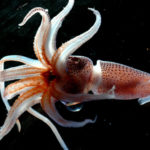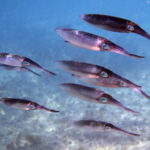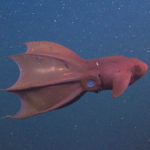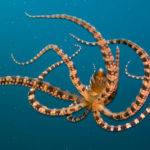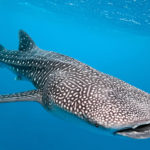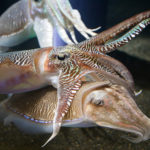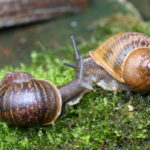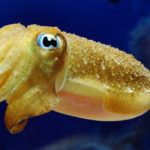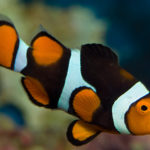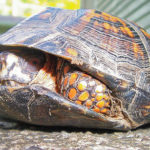Facts about squids
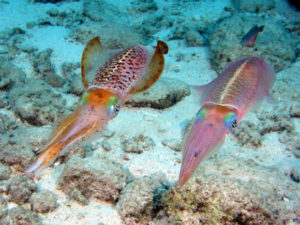 Squids belong to the order of the tenth-century cephalopods. Ordinary squid can reach a length of up to 50 cm, but there are some species, for example, the Antarctic giant squid, which grow to a length of 10 meters. More cognitive will tell interesting facts about squid.
Squids belong to the order of the tenth-century cephalopods. Ordinary squid can reach a length of up to 50 cm, but there are some species, for example, the Antarctic giant squid, which grow to a length of 10 meters. More cognitive will tell interesting facts about squid.
The habitat of squid is very wide. These mollusks are common in all climatic zones, but most often they can be found in temperate and subtropical waters.
The color of squid is varied and depends on their habitat. Thus, the squid of the northern seas has practically no color. Most species of squid can change color under the influence of electrical discharges, and deep-sea species have a transparent body.
Squid has a streamlined torpedo-shaped body, five pairs of tentacles with suckers, and also has three hearts, each of which is connected to the three main tentacles.
Squids move tentacles forward.
The largest representatives of the species are the giant and Antarctic giant squid. Their body, not counting the tentacles, can reach a length of 5-10 meters, and along with the tentacles the length of such giant mollusks can be 13-14 meters.
Giant squid – the owners of the biggest eyes among all living beings. The eyes of these mollusks can reach 27 cm in diameter.
Science knows of cases of squid attacks on humans.
Small species of squid have a negative buoyancy and are forced to constantly use the energy-consuming mechanism of releasing the jet to stay afloat. Giant species of squid, by contrast, have a neutral buoyancy due to the presence of ammonium chloride in the body. This allows giant deep-sea mollusks to “soar” in the water.
Squids that move in the water at the expense of jet thrust, that is, in the opposite direction from the water jet they throw out, can jump out of the water by analogy with flying fish and fly in the air up to 30 m.
The squid has blue blood due to the content of hemocyanin instead of hemoglobin, and copper plays the role of iron in squid.
